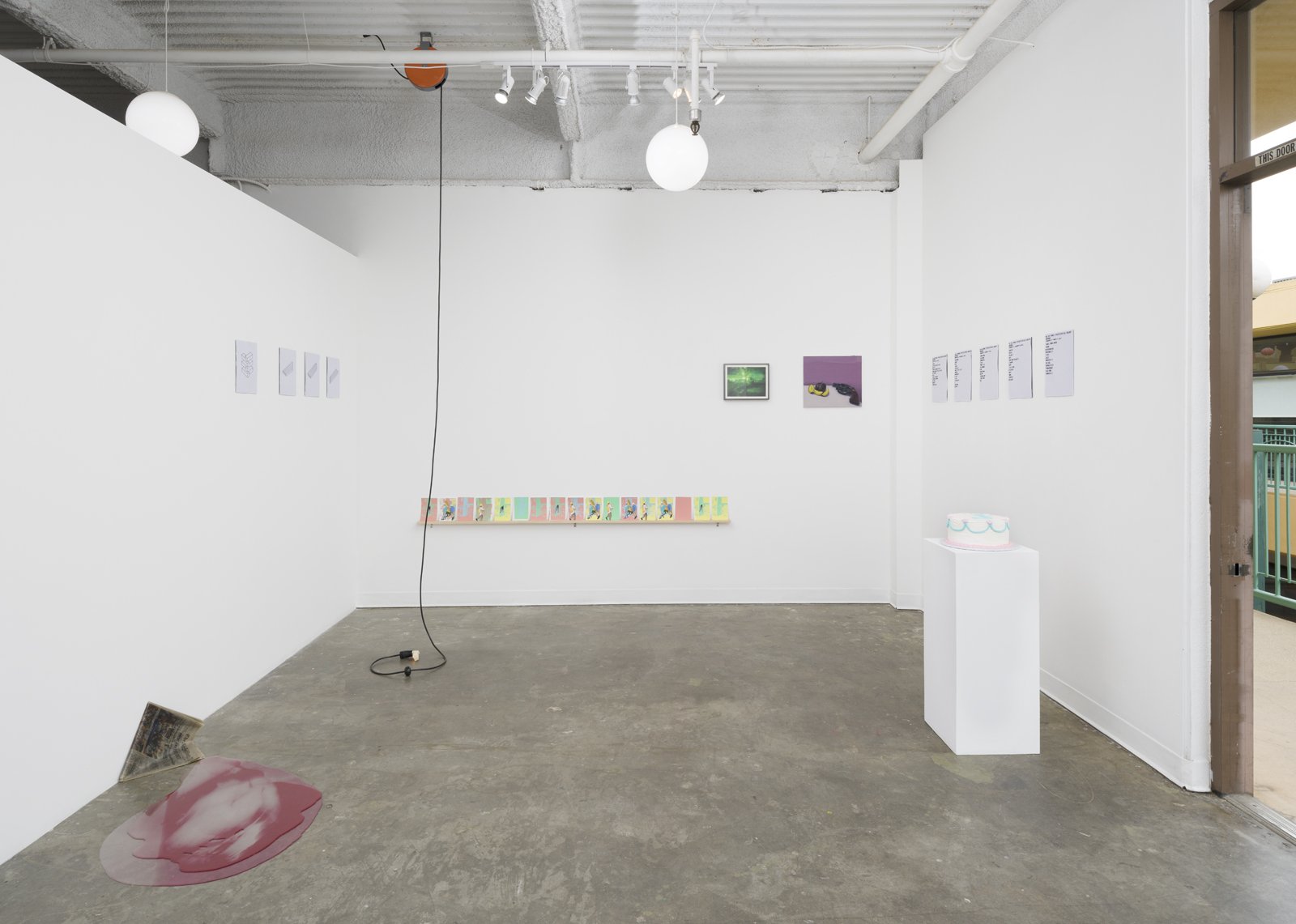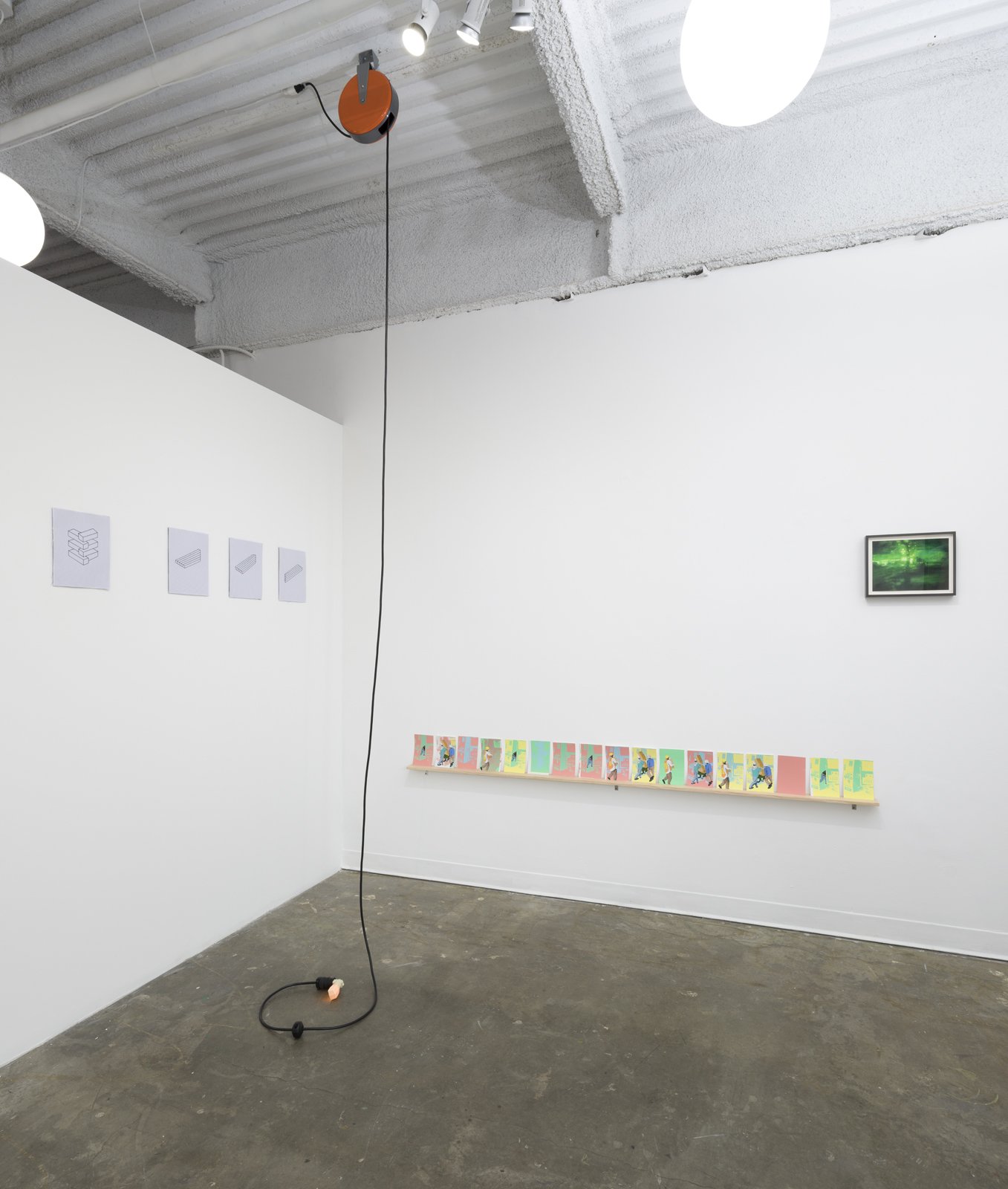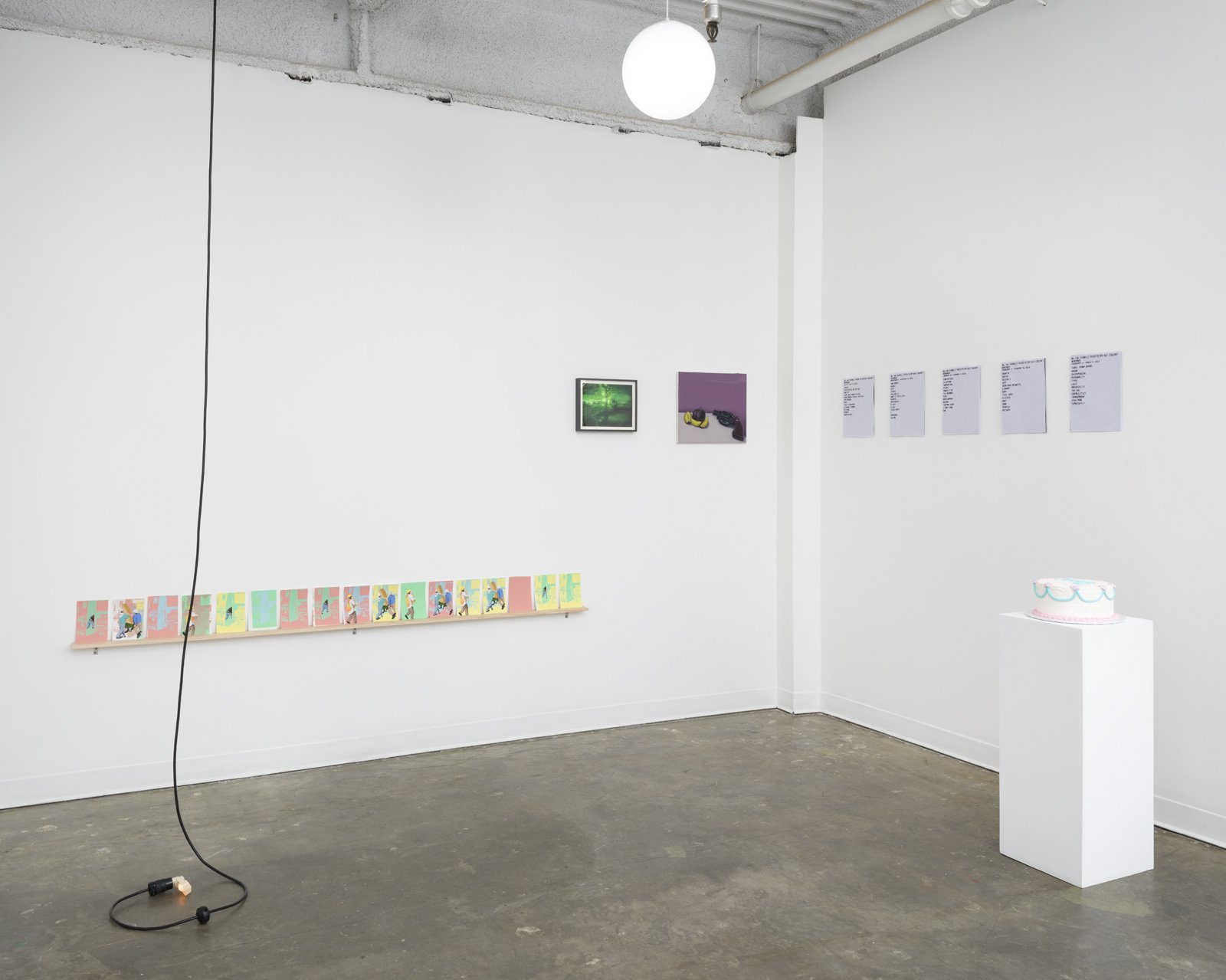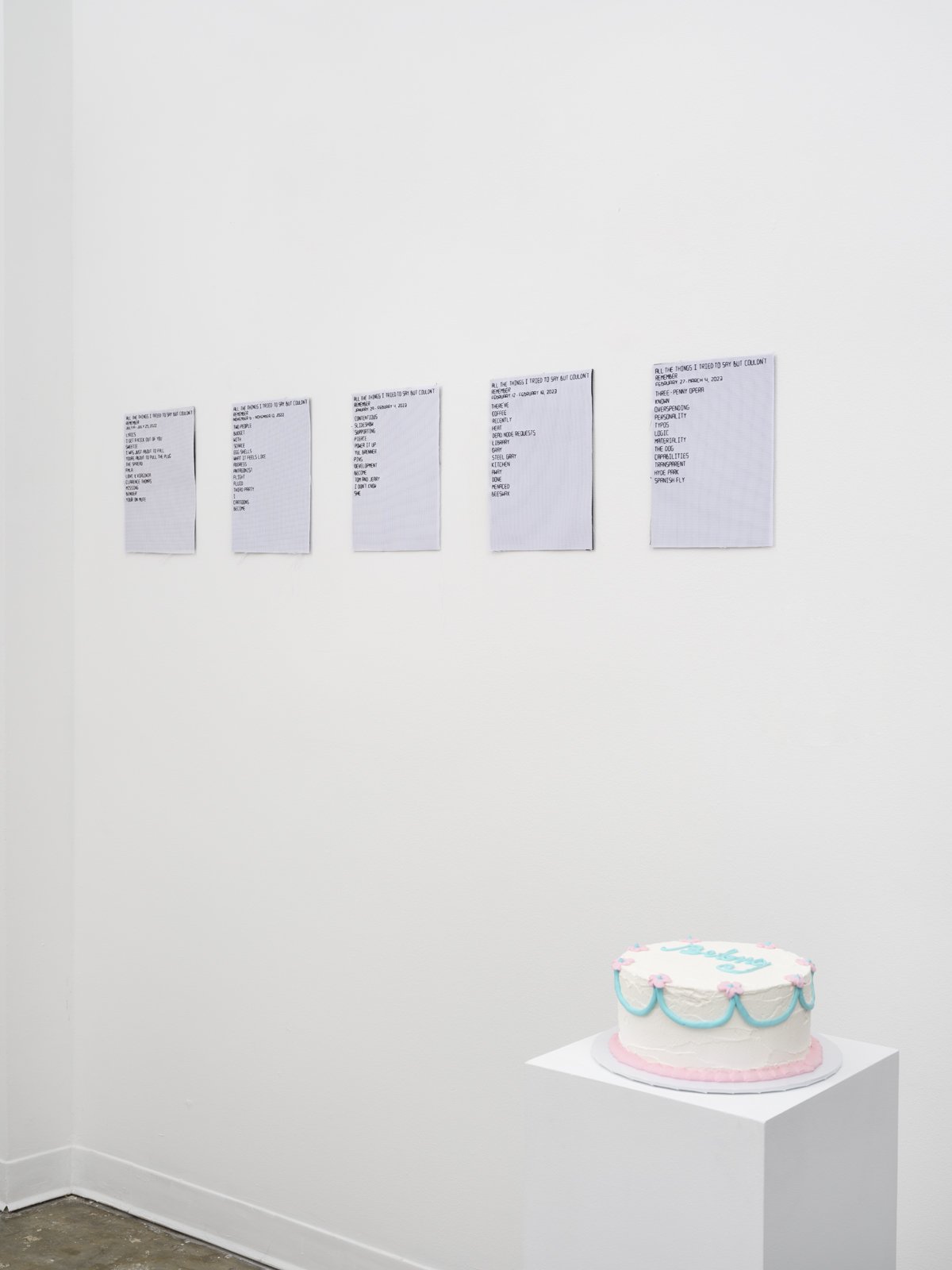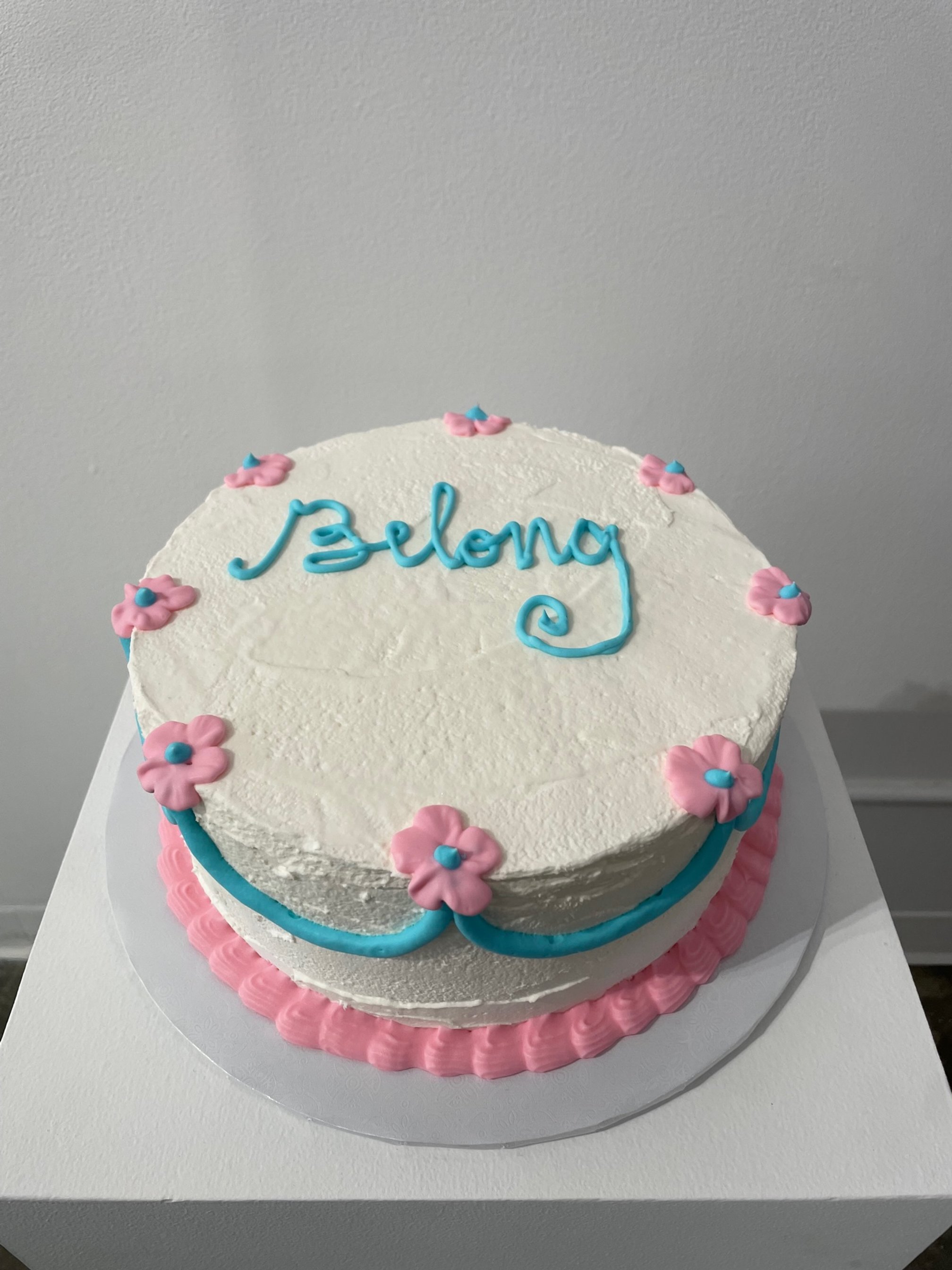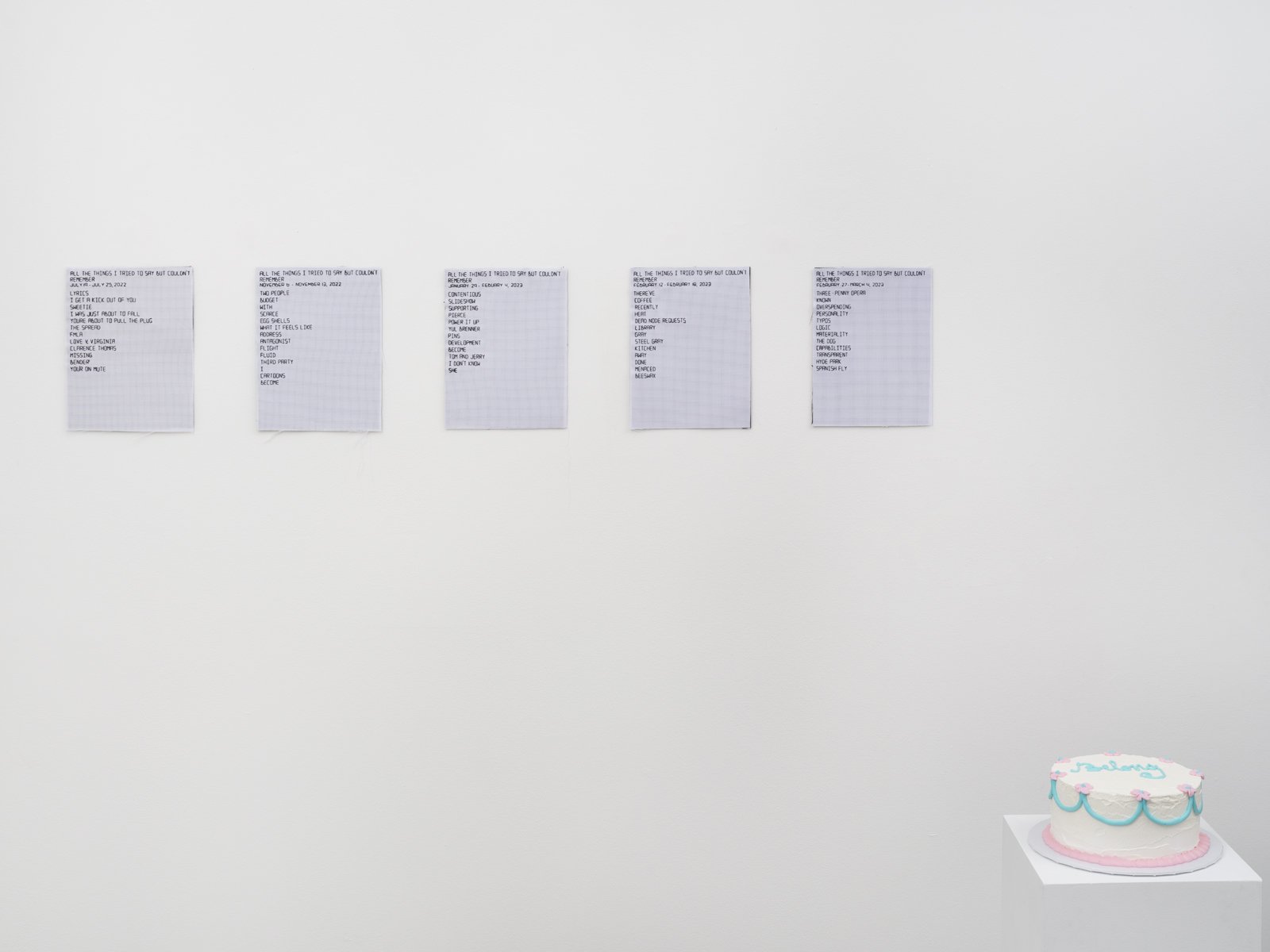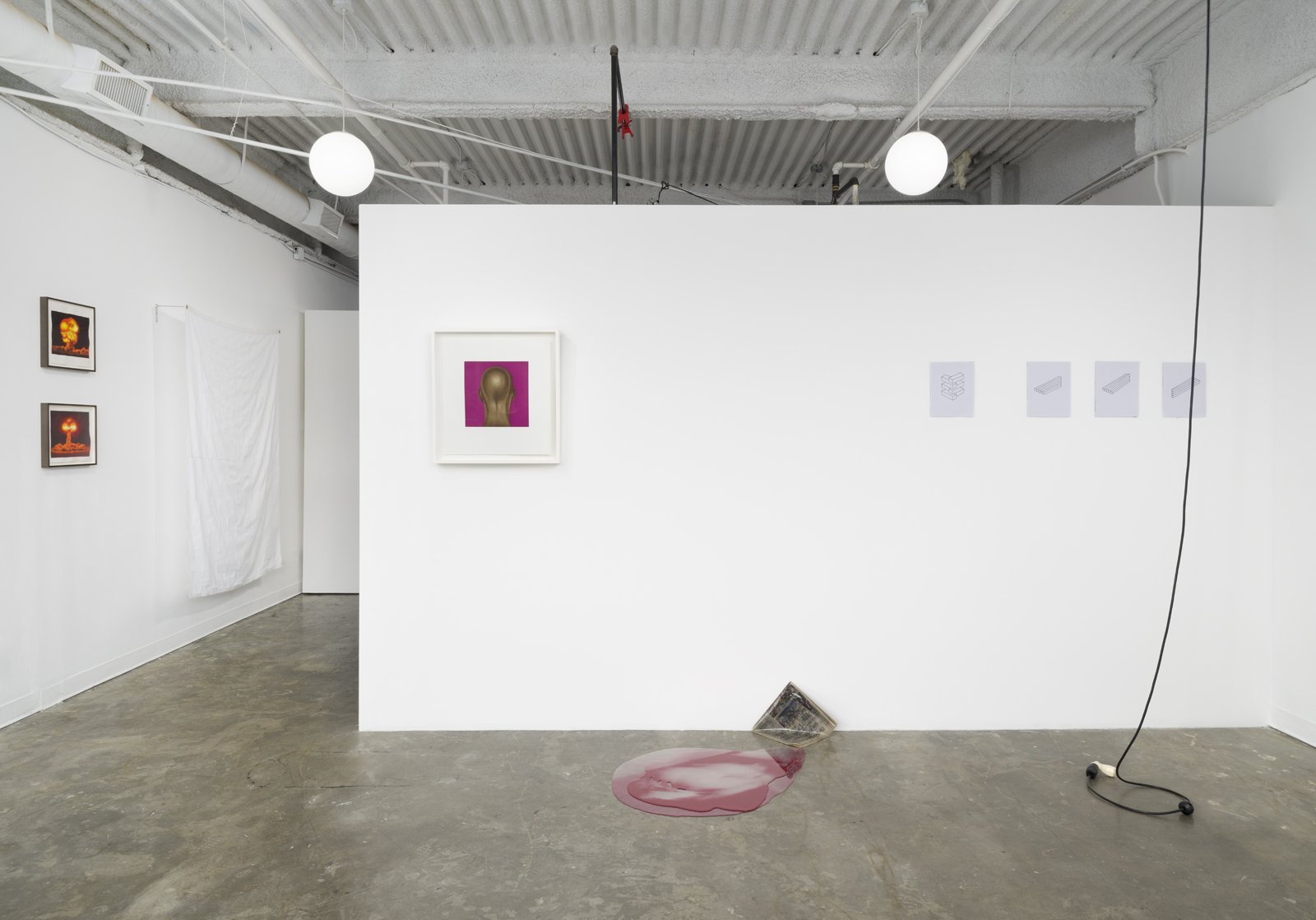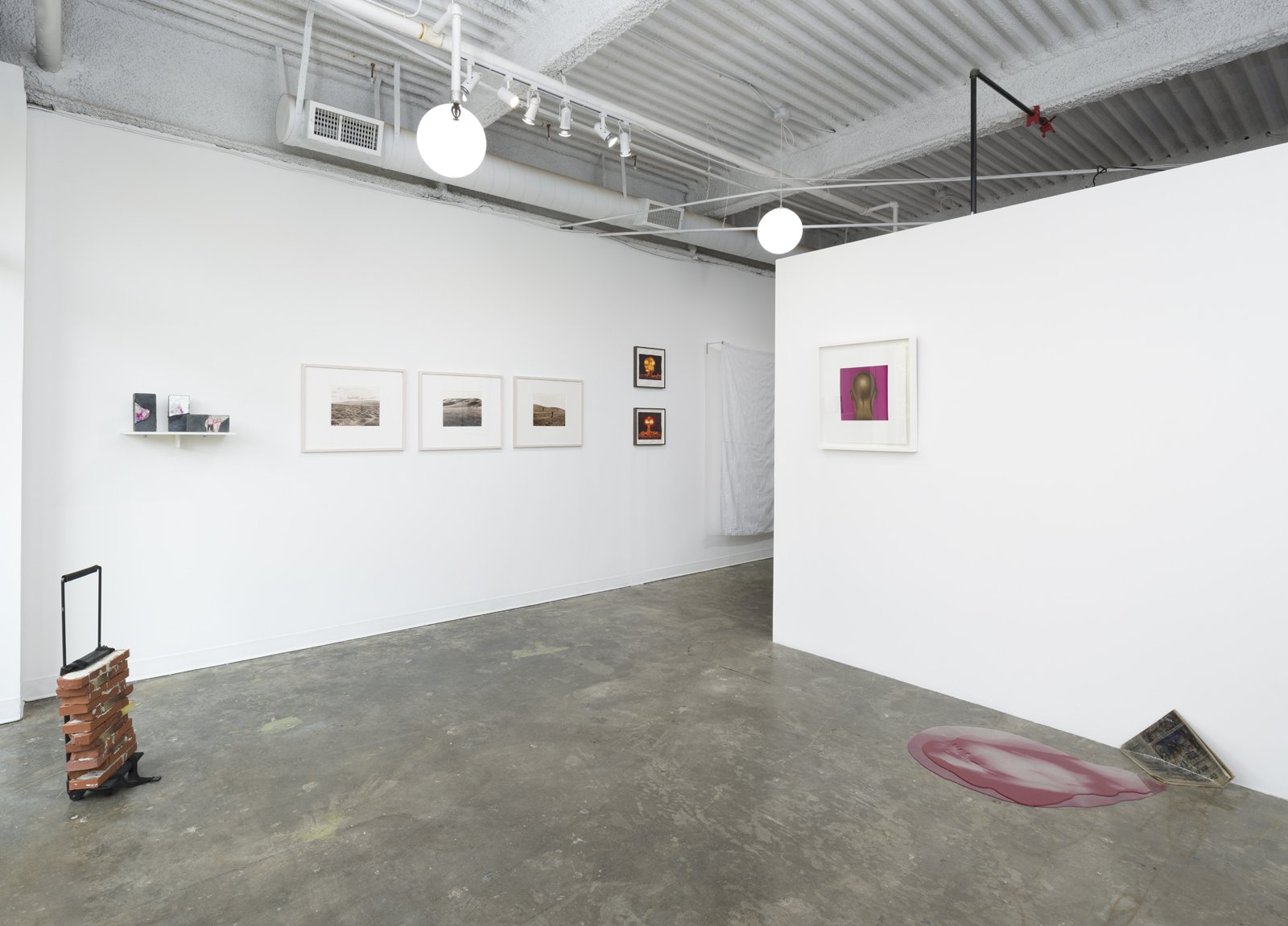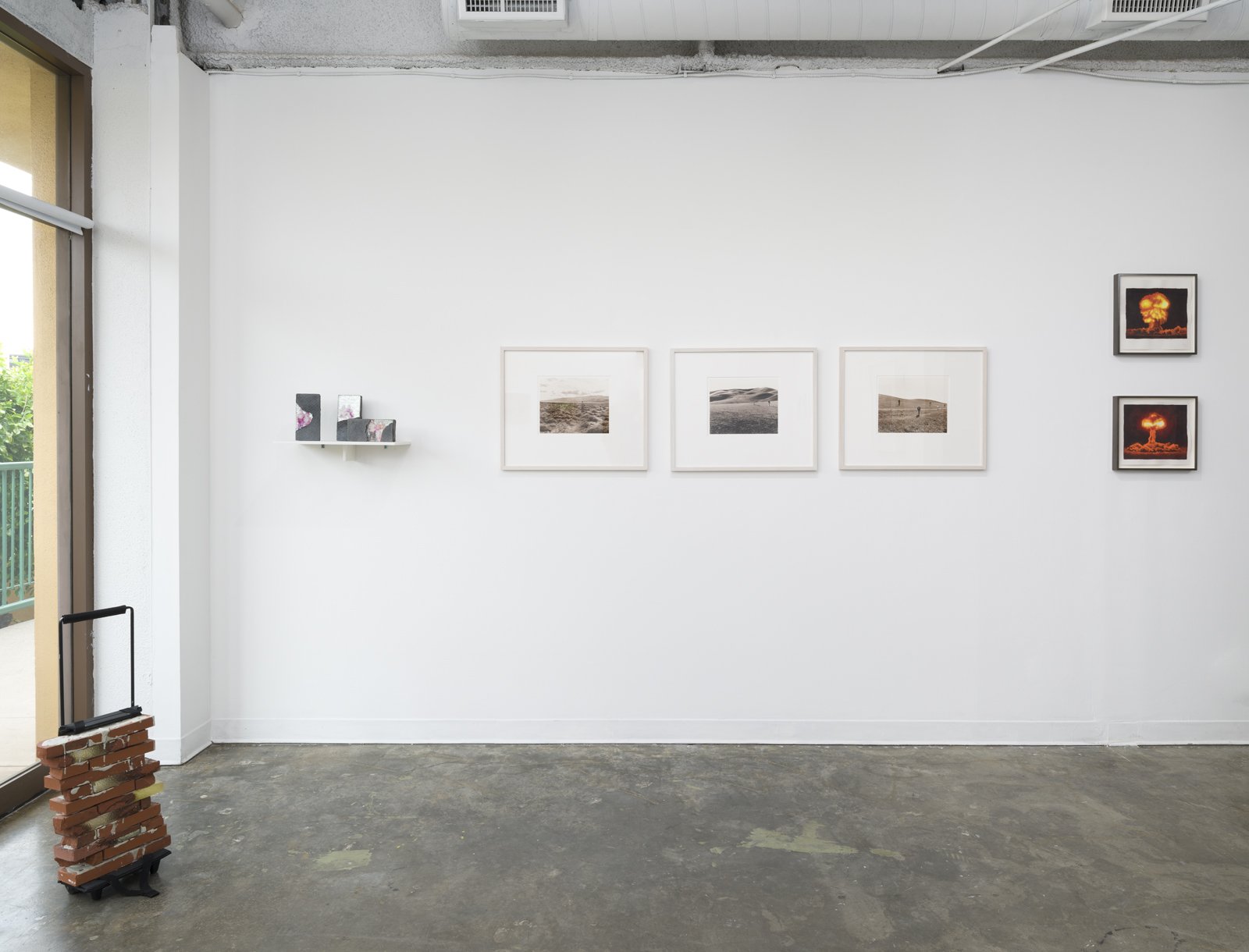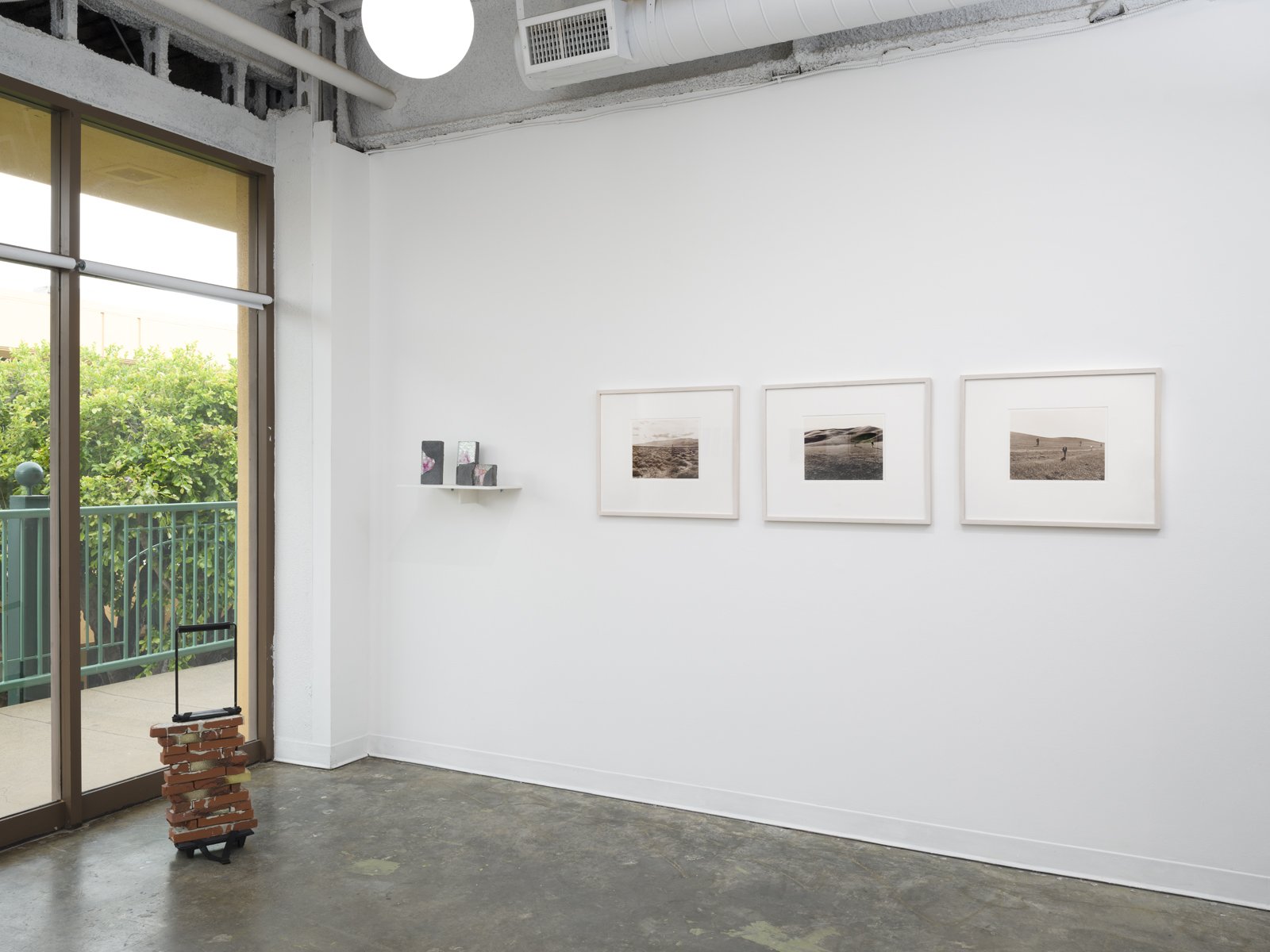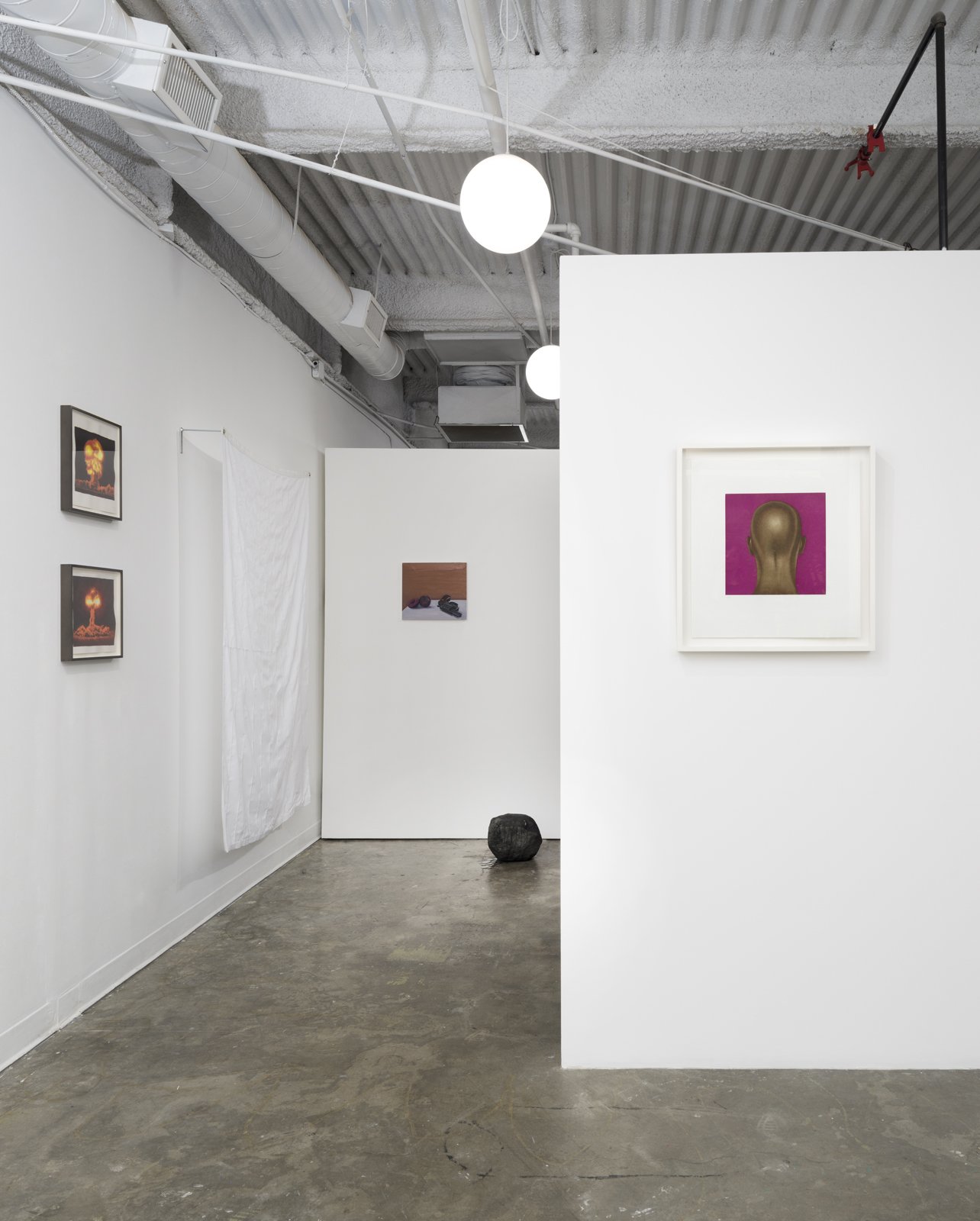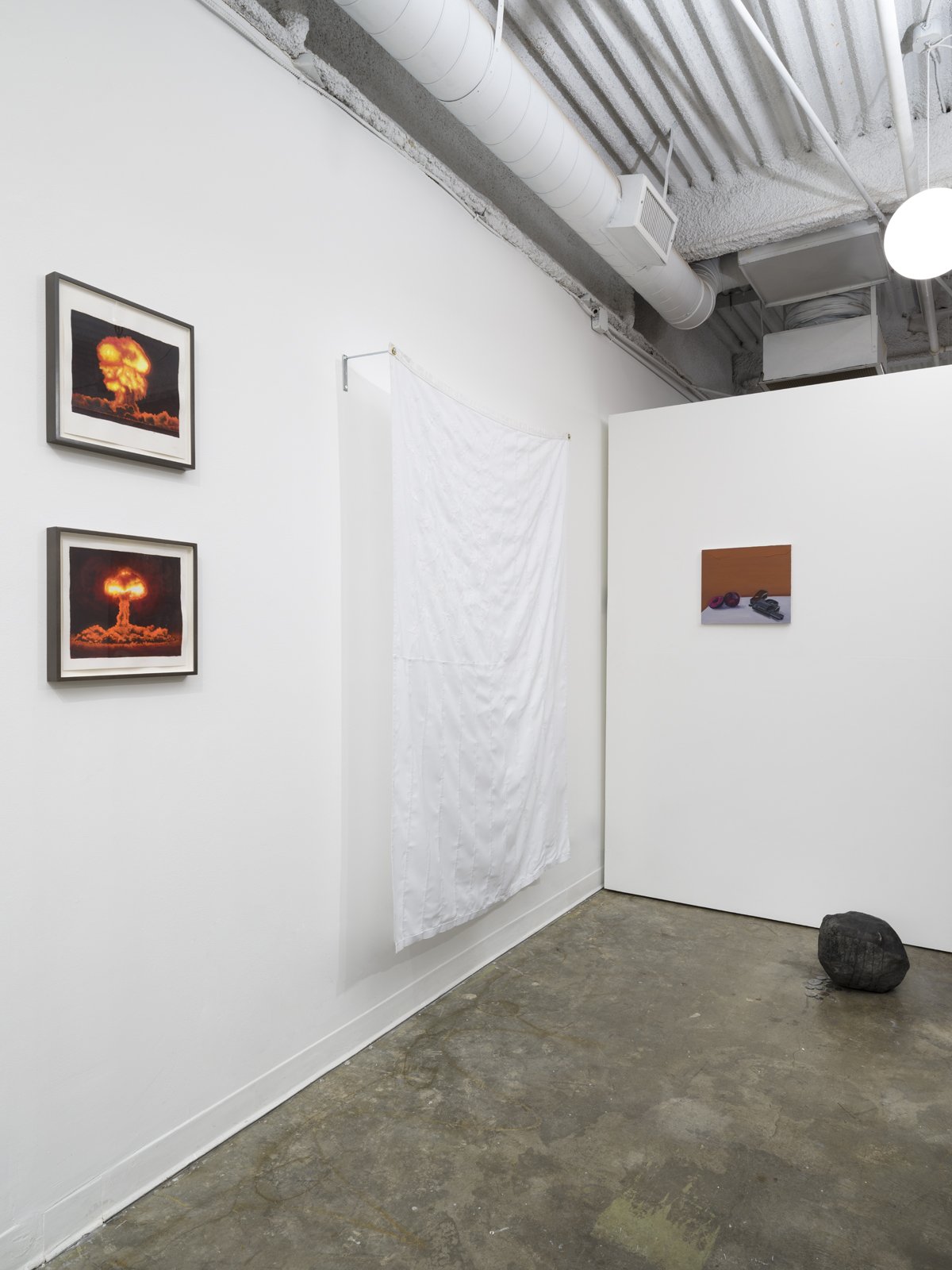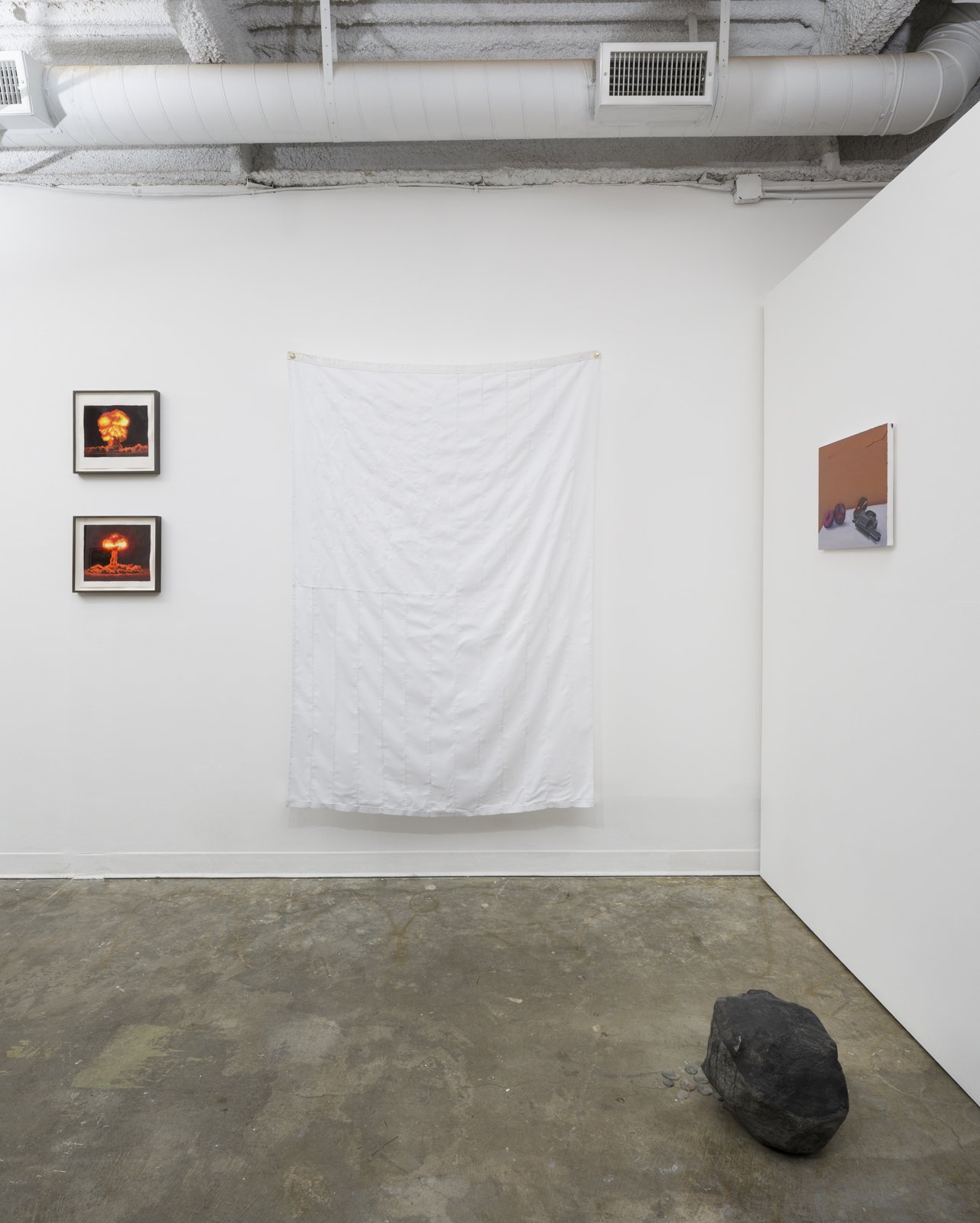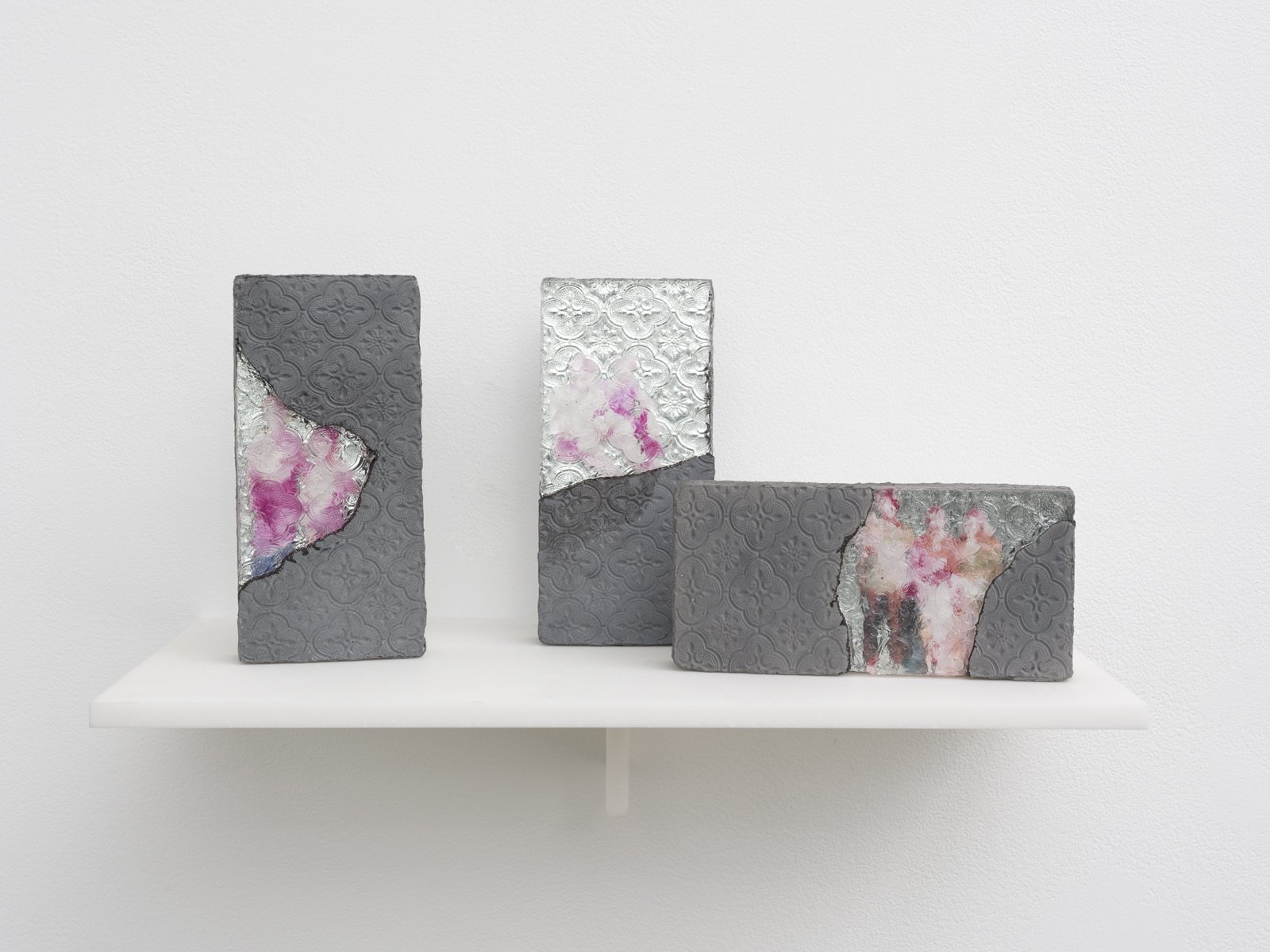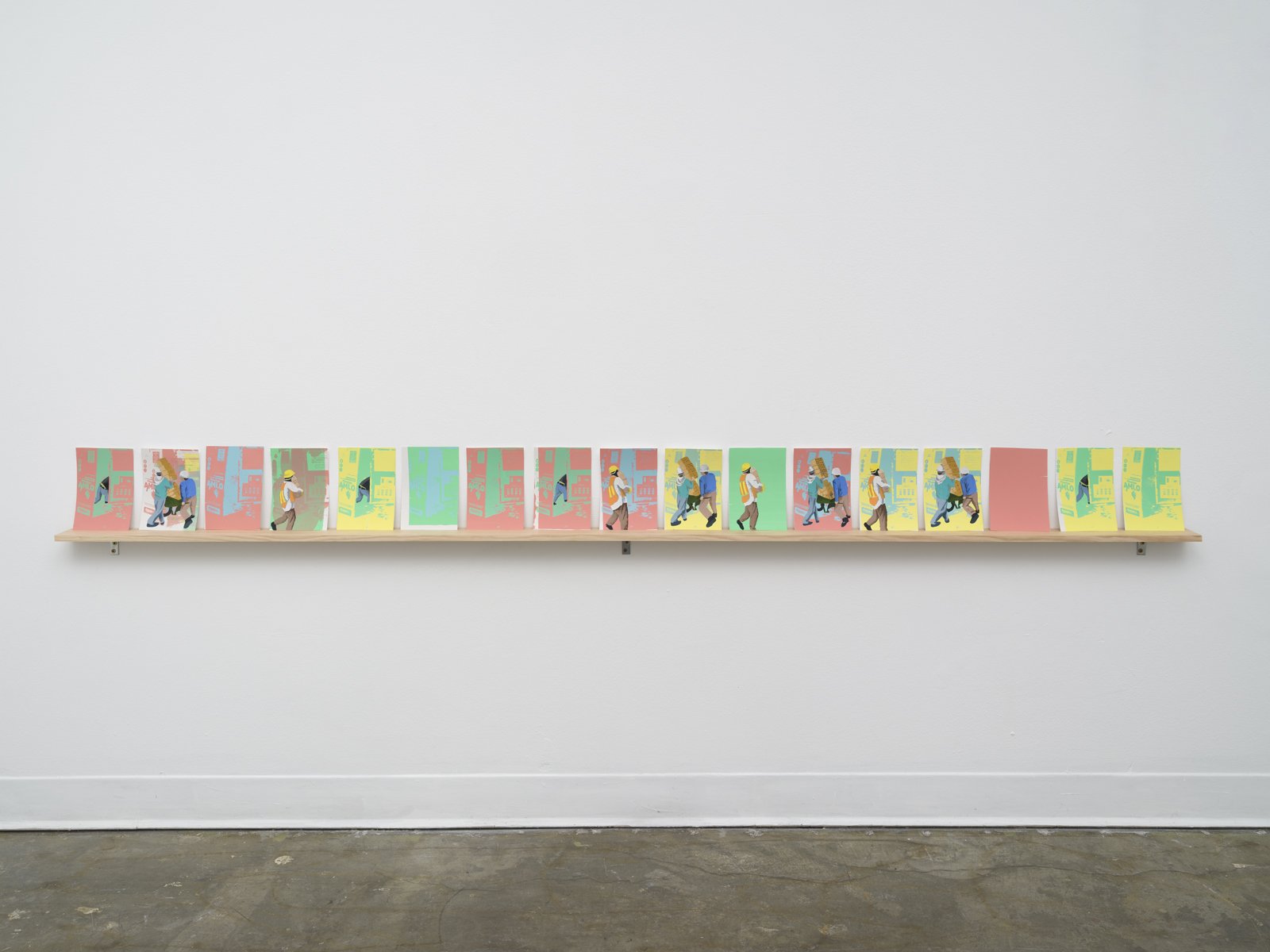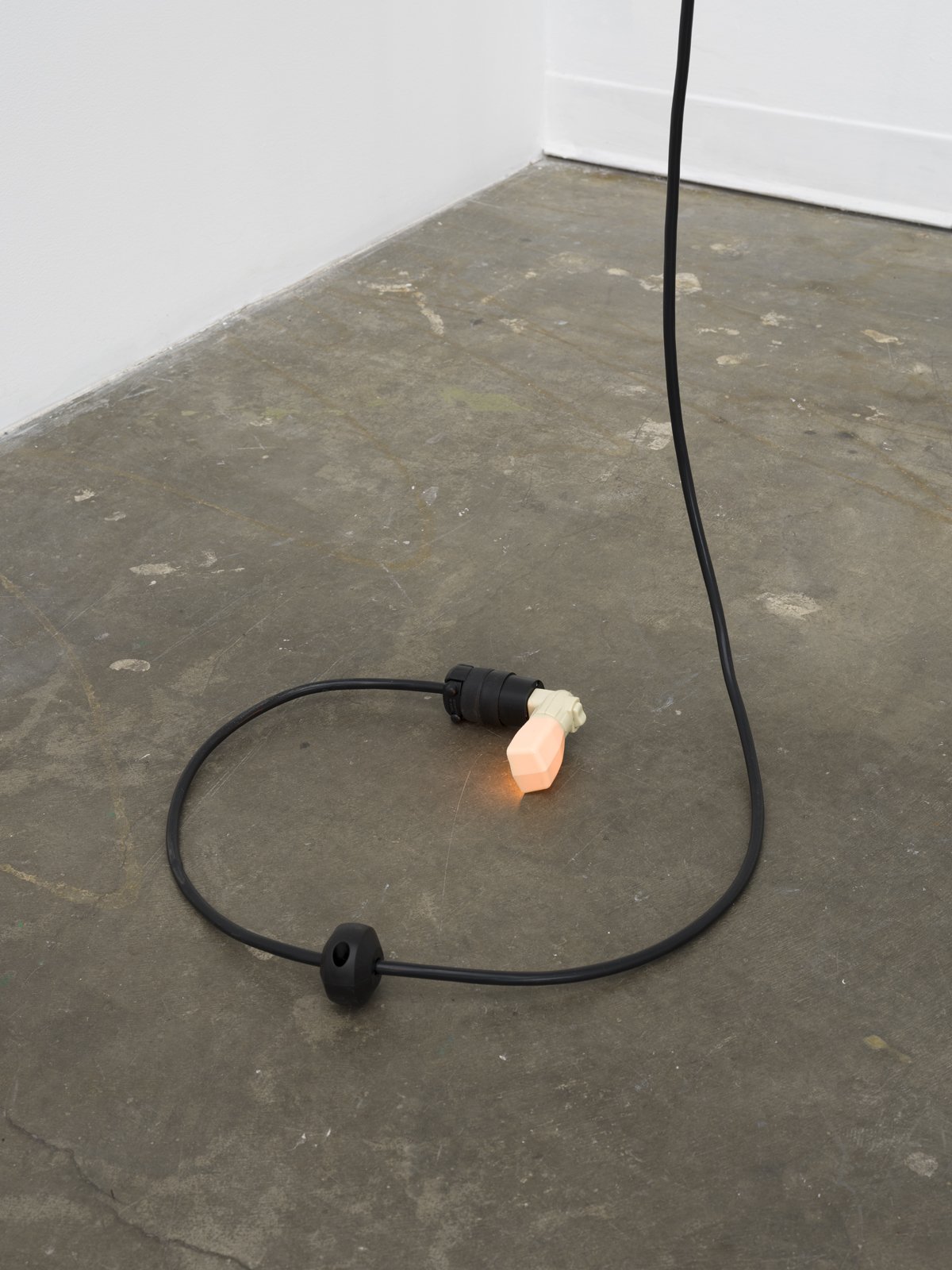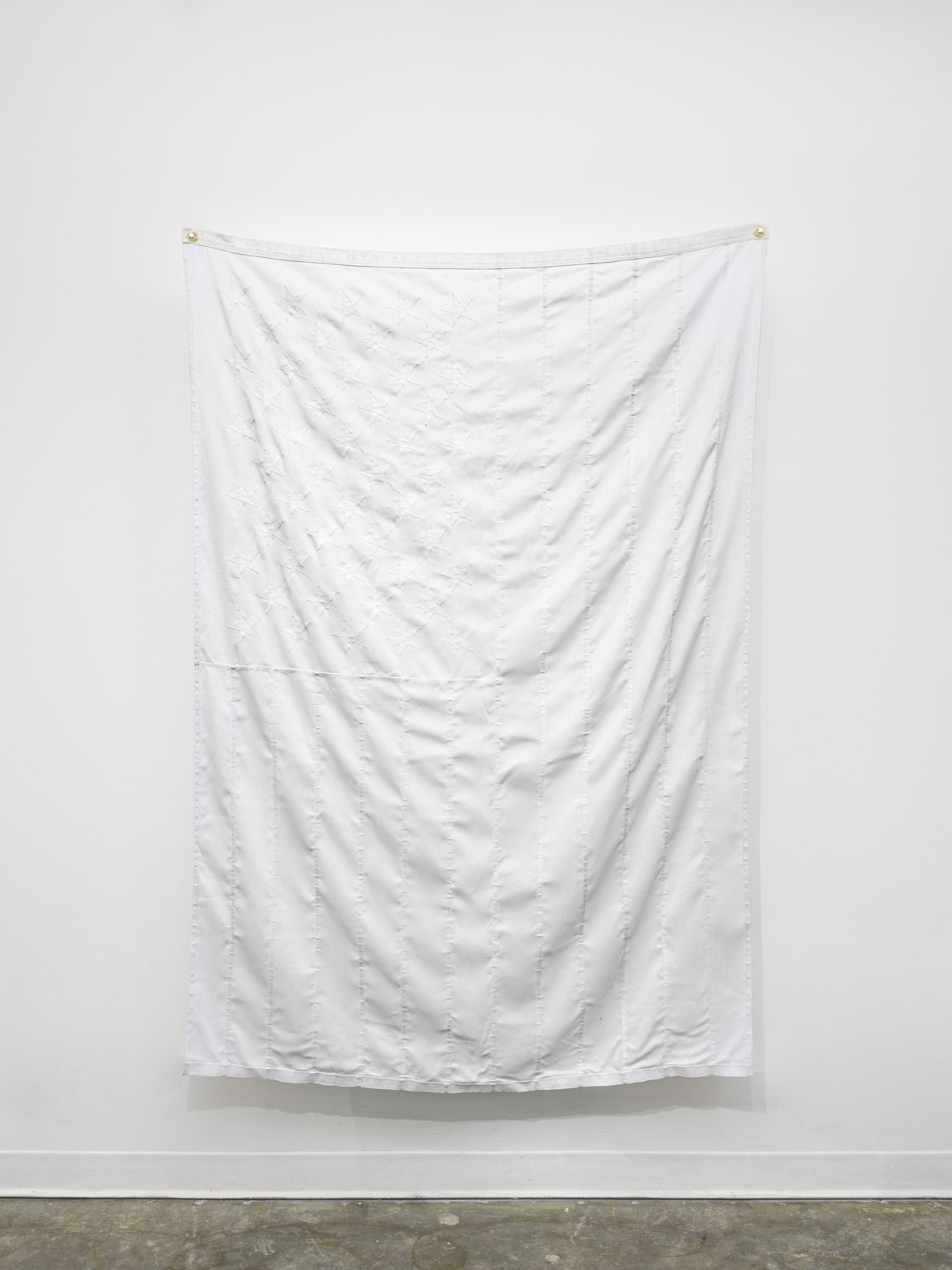Selvedge is a self-finished edge constructed in such a way that the threads will not unravel. FOYER-LA’s current project, SELVEDGE, borrows and broadens the term, exploring where an edge exists–the essence of freedom begins. These constructed edges have a relative and shifting nature with the potential to merge with others’ edges. The work of the artists in SELVEDGE, Daniel Babior, Leslie Brack, Gary Cannone, Salomon Huerta, Helia Pouyanfar, Lucy Puls, Jody Rhone, Katayoun Vaziri, explore the malleable state of freedom as, “knotted up with so-called unfreedom, producing marbled experiences of compulsion, discipline, possibility, and surrender.” (Maggie Nelson, On Freedom)
Katayoun Vaziri and Helia Pouyanfar explore physical displacement from a place of origin. Vaziri, an Iranian, who relocated to Mexico City after living in the US describes her piece, “Amlo’s of Our Time”, as “my way of learning how to be a responsible guest in this beautiful city. By doing so, my hope is to not be a problem but be part of the solution for this place that feels very much like home, both as an artist and as a citizen in daily life.” Pouyanfar examines the dualities within displacement: “The refugee experience is a story of surveillance and resistance, of fragility and hardness, of contending impulses to remake oneself in a new home and to hold tightly to an identity deeply rooted in place.” Pouyanfar shows that movement through these dualities is circuitous and that “to end is to begin; to leave is to arrive.”
The work of Jody Rhone and Salomon Huerta explores the interplay of surrender and survival. Huerta describes his work as, “Each image becomes our mirror, making us reflect back upon ourselves and then back to an elusive subject in an endless repetition of questions and confrontations. The result is a body of work that simultaneously involves and unsettles the viewer.” Jody Rhone’s work investigates the structure of fragility and exposes its dependence on the ability of balancing multiple elements rather than the reduction to something concretely simplified. Rhone shares an interpretive reading of his piece, “Untitled”, a sewn American flag in pattern formation devoid of color: “the ‘white flag of surrender’ and surrender is a shade of freedom.”
Gary Cannone is trying to hold onto what is seemingly disappearing, exposing a vulnerability that he cradles with humor. Cannone makes sewn sculptures of forgotten words and skewed geometric shapes to explore the edges of his memory and the possible freedom from its loss.
In the piece ”Subrepere (Overturned) R.I.P Gerri Santoro” Lucy Puls confronts the lack of freedom to choose. Puls uses the horrific photograph from 1964 of Gerri Santoro, a woman who was 28 years old when she tragically lost her life to an illegal abortion. This image was reproduced in Ms. Magazine in April 1973 for an article titled "Never Again” and has become shorthand for the dangers of a world without safe, legal abortion. Puls has embedded this symbolic image into her cast resin blood red representation oozing from the frontpage, ROE OVERTURNED (New York Times June 25, 2022).
Leslie Brack explores how we, as individuals, absorb spectacular images represented in the media. Her meditative process of rendering these “significant” images into watercolors calls into question the power of selection and circulation of mediated images. Huerta’s notion of the role of the spectator elucidates Brack’s work: “we are confronted with the choice of accepting the stereotype, or of devising new ways of looking at something that is deceptively familiar.”
Daniel Babior’s series “California Transplant 2” captures a space of waiting. Babior’s analog photo montages of natural landscapes with displaced urban inhabitants depict a possible dystopia or a return to a renewed integration with nature. In this waiting space we contemplate how communities form and how humans cluster and organize.
The work in SELVEDGE exposes the messiness of life and necessity of interconnectivity in order to belong and experience freedom.

